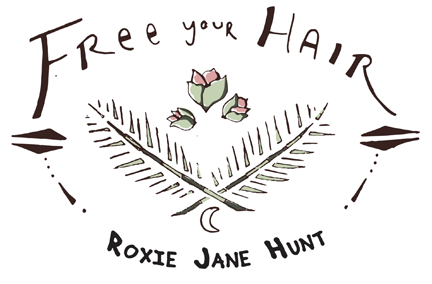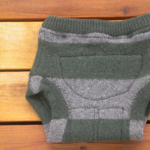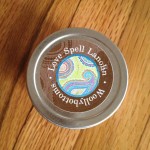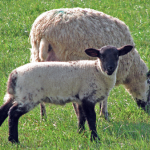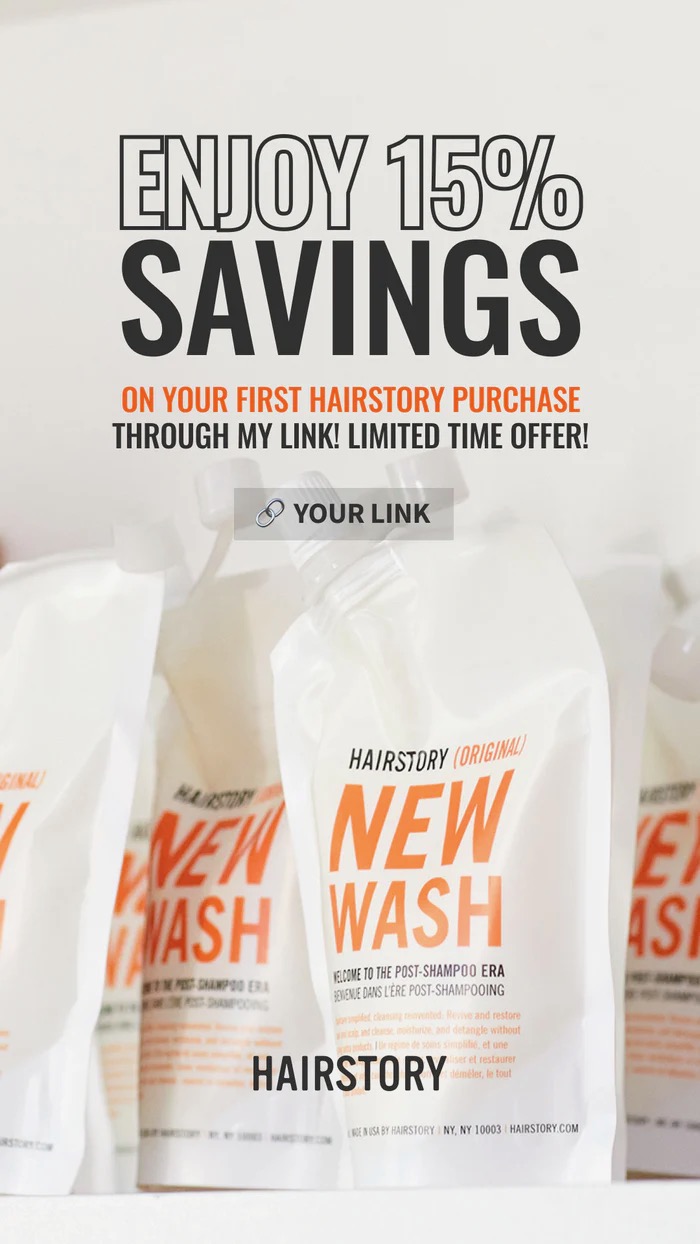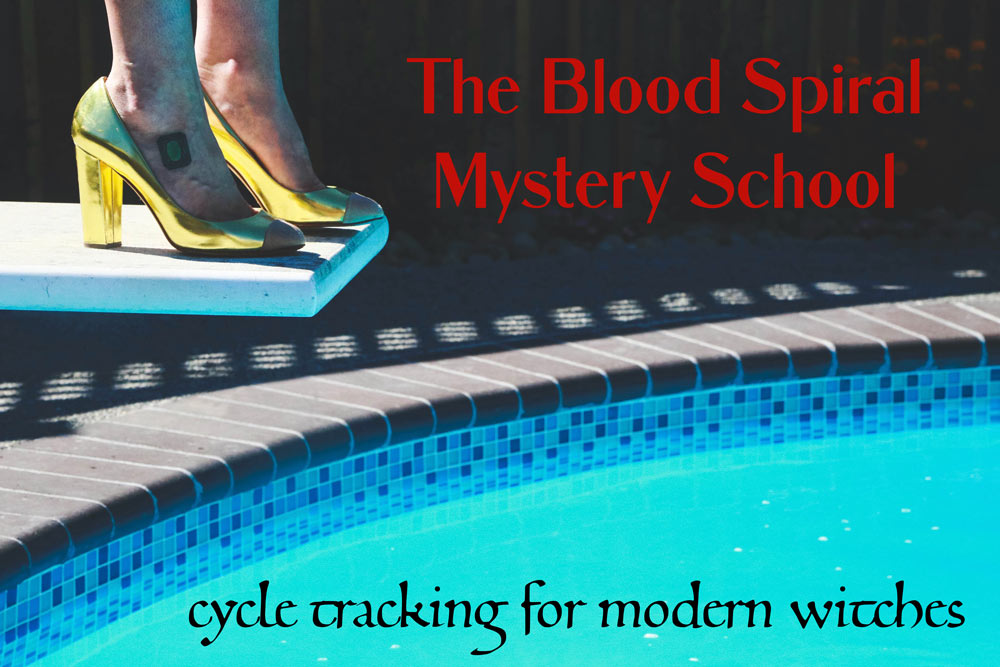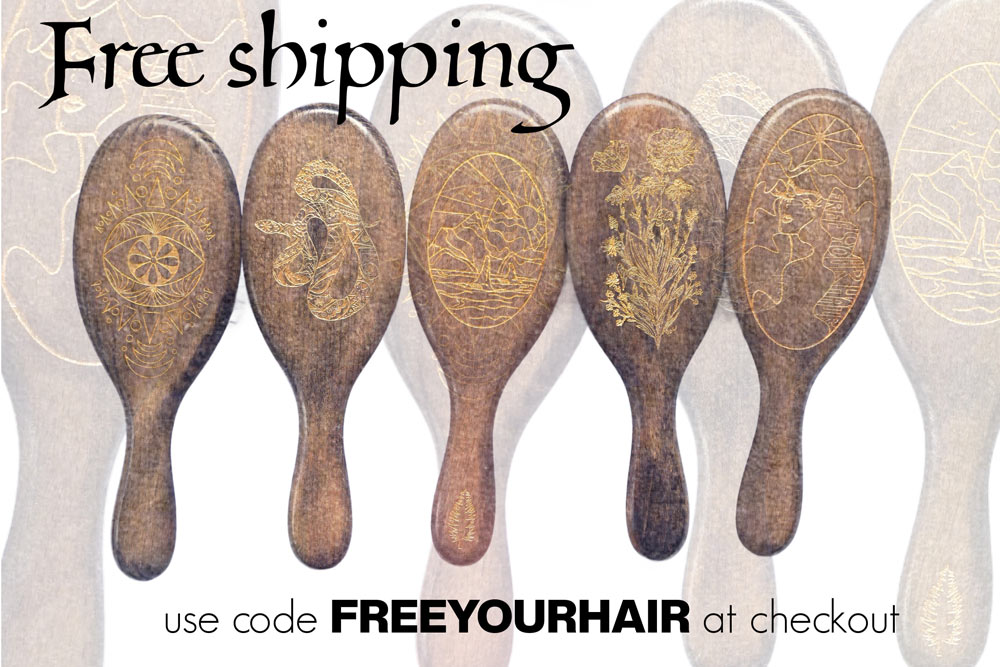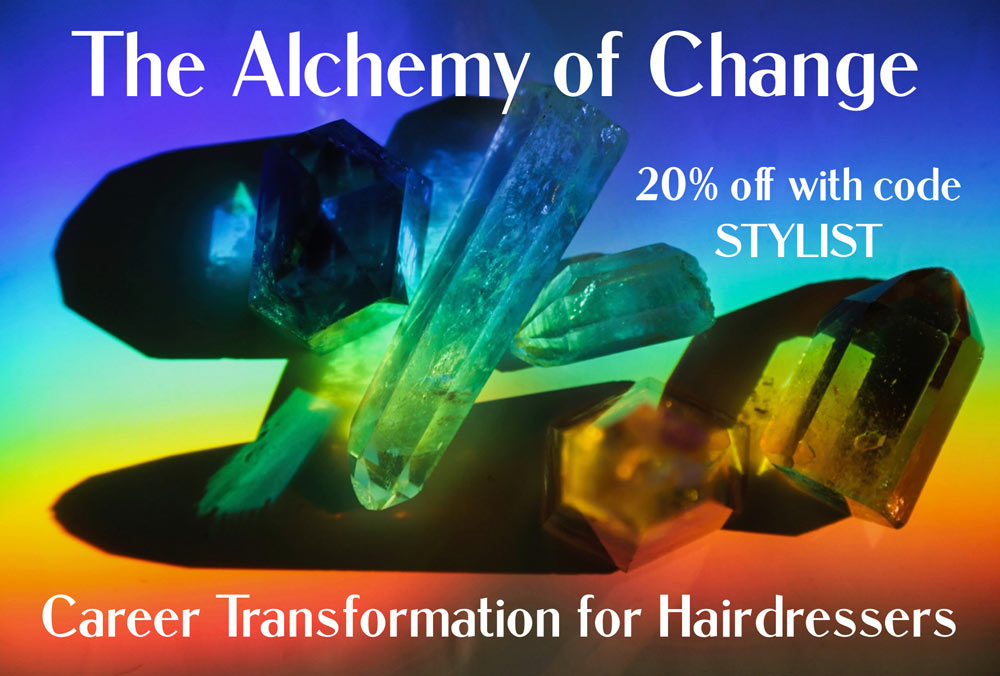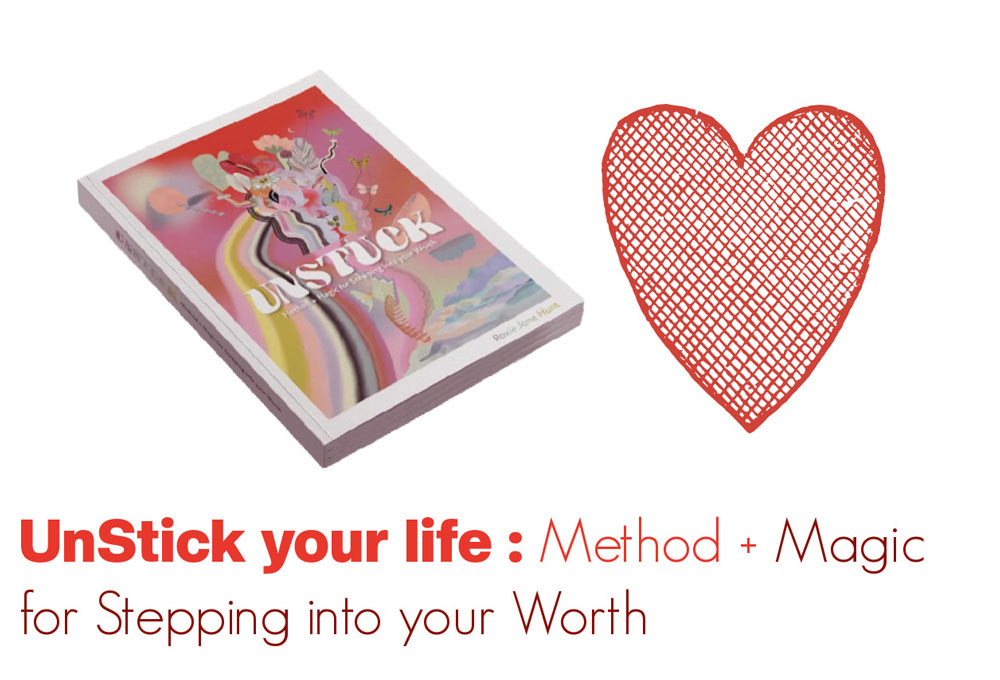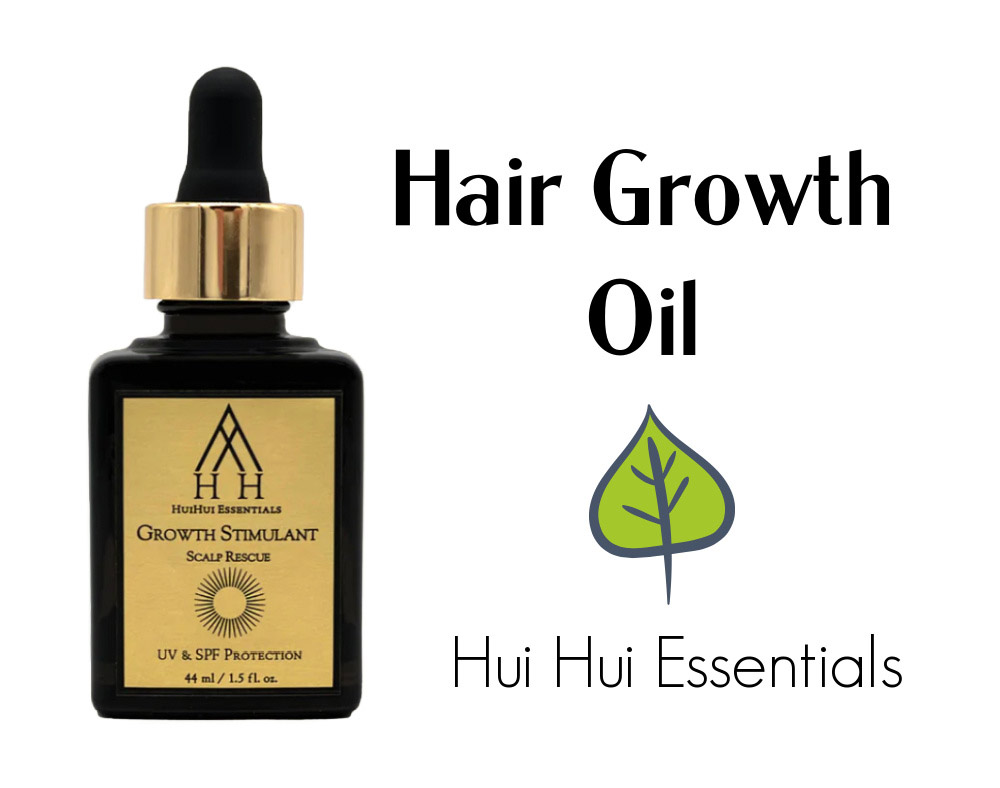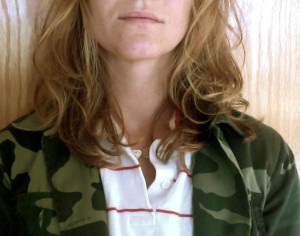 I went to pick up some Charlies laundry detergent and a new wool diaper cover yesterday from my lovely and awesome local natural parenting shop, Terra Tots.
I went to pick up some Charlies laundry detergent and a new wool diaper cover yesterday from my lovely and awesome local natural parenting shop, Terra Tots.
I was excited to go home and lanolize the wool, because I’m kind of fascinated by the magic of wool and lanolin. Plus, I love the lovely rose scent of my Woolybottoms Love spell lanolin.
If you don’t know, lanolin is a natural substance of fatty acids that is secreted from the pores of a lamb. It’s role is to seal the wool and skin of the animal by creating a breathable moisture barrier that protects against the ravages of climate and the environment.
Lanolin facts……
“Lanolin alcohols are a rich source of cholesterol (an important skin lipid) and are powerful water-in-oil emulsifiers; they have been used extensively in skin care products for over 100 years. (wikipedia)
Modern analytical methods have revealed lanolin possesses a number of important chemical and physical similarities to human stratum corneum lipids; the lipids which help regulate the rate of transepidermal water loss and govern the hydration state of the skin.
the barrier repair properties of lanolin have been reported to be superior to those produced by both petrolatum and glycerin” (so it is a great alternative to synthetic silicones and plastic based additives in hair and skin products)
When you lanolize a wool diaper, it becomes waterproof, soft, durable, and anti microbial. I always put some on my hands when I do my diapers, and I like how it moisturizes. It is heavy, but it seems to penetrate really deeply into my dry skin. It leaves a supple, shiny, but not greasy finish.
Anyhow, my curiosity got the best of me and I decided to try some as a DIY at home hair treatment. I did some research on it, and found these two interesting articles about lanolin in curly hair. ( lanolin and curls)
I kept seeing that lanolin is a humectent and wanted to find out exactly that means.
I didn’t want to put it directly on my hair because it is quite heavy and a bit sticky, so I went ahead and lanolized my hair exactly as I would my diapers. I figured that diluting it with hot water would be good be cause it would disperse it better, and help it penetrate. I mostly wanted it on my crunchy ends that seem to need a good sealing.
“There are lots of benefits for using lanolin for hair. It readily penetrates the shaft of the hair, helping it to retain moisture and protecting it against breakage. Once it has been absorbed by the hair, lanolin works as a humectant, continuing to draw in moisture from the air”.-wisegeek
Here is what I learned from my hair lanolizing experiment….. After the treatment, my once curly but now straight-ish hair wanted to curl again. It felt a bit heavy at first, but after a day, it feels really really healthy. My ends are nice and smooth, and it shines like a diamond. I lanolized my brushes, thinking maybe it would give me the protective benefits of lanolin very subtly every time I brush.
I would definitely do this again, especially during harsh weather months when hair feels dry and static-y.
I would TOTALLY recommend this treatment method for curly, course, and dry hair. I would not use it on very thin or fine hair. I’m going to do it once a month in conjunction with my ShamPHree routine.
Here is what I did……
I began by no-pooing just with baking soda. Then I got a big bowl and put a pea-sized scoop of lanolin in the bottom of it. I boiled a half gallon of water. I poured the hot water over the lanolin so that it melted. I whisked it a bit to disperse. I let it cool. I made a little place on the couch where I could lay down for some respit while my hair soaked. When the water had cooled down to a comfy temperature, I layed down and set my hair afloat in the water. I swished it around, but only soaked the bottom half of my hair. Then I just lay there for 5 minutes. 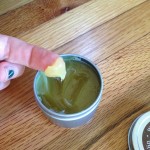
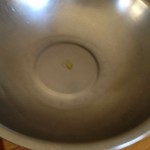
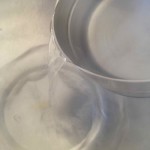
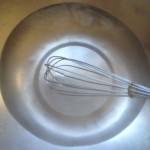
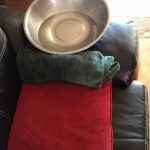
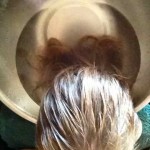
After 5 minutes was up, I jumped in the shower and rinsed with diluted ACV, and then cold water.
You can thank my inner scientist for this post, and I give credit to my scientist family for that. Who else would soak their hair in lamb sweat and then try and talk you into doing it too?
No really, though. I have a hunch that this stuff is incredibly beneficial to human hair and skin. Will you try it? Let me know what you think.
XO!
